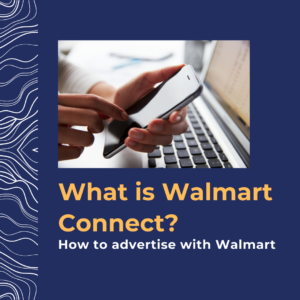A large part of Walmart’s Responsible Sourcing initiative is focused on worker safety. Some aspects of worker safety may be complex – keeping tabs on overseas factories to make sure that buildings are structurally sound or that workers there are not pushed to work beyond safe limits can be very complex.
But some steps toward worker safety are simple, and that includes Personal Protection Equipment (PPE). Making sure that workers have access to and actually use protective eyewear, footgear, and gloves can prevent injuries with little effort.
This isn’t a Walmart-specific term, though it shows up in the Glossary section of Walmart’s Responsible Sourcing materials. OSHA clarifies the employer’s responsibilities when it comes to PPE:
- Performing a “hazard assessment” of the workplace to identify and control physical and health hazards.
- Identifying and providing appropriate PPE for employees.
- Training employees in the use and care of the PPE.
- Maintaining PPE, including replacing worn or damaged PPE.
- Periodically reviewing, updating, and evaluating the effectiveness of the PPE program
Click through the link above to get details on how to perform a hazard assessment and what PPE to provide for workers, and remember that Walmart expects you to make sure workers have appropriate PPE all along your supply chain.
Interestingly, the National Safety Council reports that 87% of workers surveyed have seen PPE violations — about the same percentage found in older observational studies of how many workers ignore safety regulations. Asking “Have you failed to wear PPE?” may lead to less honest answers.
In the same survey, the workers (who worked for a major Walmart supplier) were asked why they didn’t wear their PPE. The top four answers:
- It’s uncomfortable, according to 62% of respondents
- It wasn’t necessary for the task they were performing
- It was too hot, apparently a special kind of uncomfortable
- It’s unattractive
In a world where you’re held responsible for injuries to workers who choose not to wear safety glasses because they’re not cute, you have to be vigilant about PPE. Make sure you are providing appropriate, comfortable PPE. That may not be the cheapest option, but it’s much cheaper than dealing with worker injuries. And make sure that violations of the safety rules are taken seriously.




